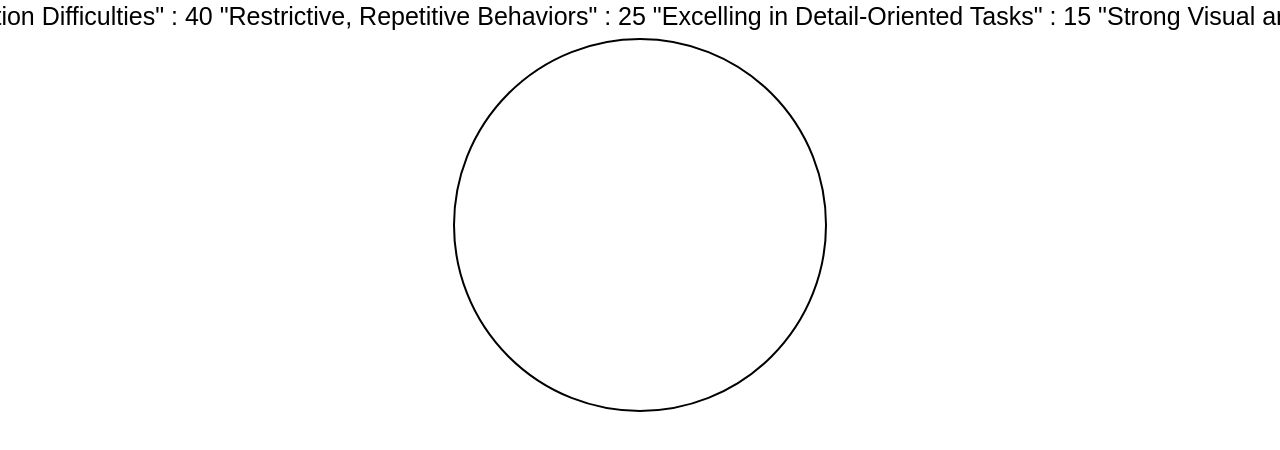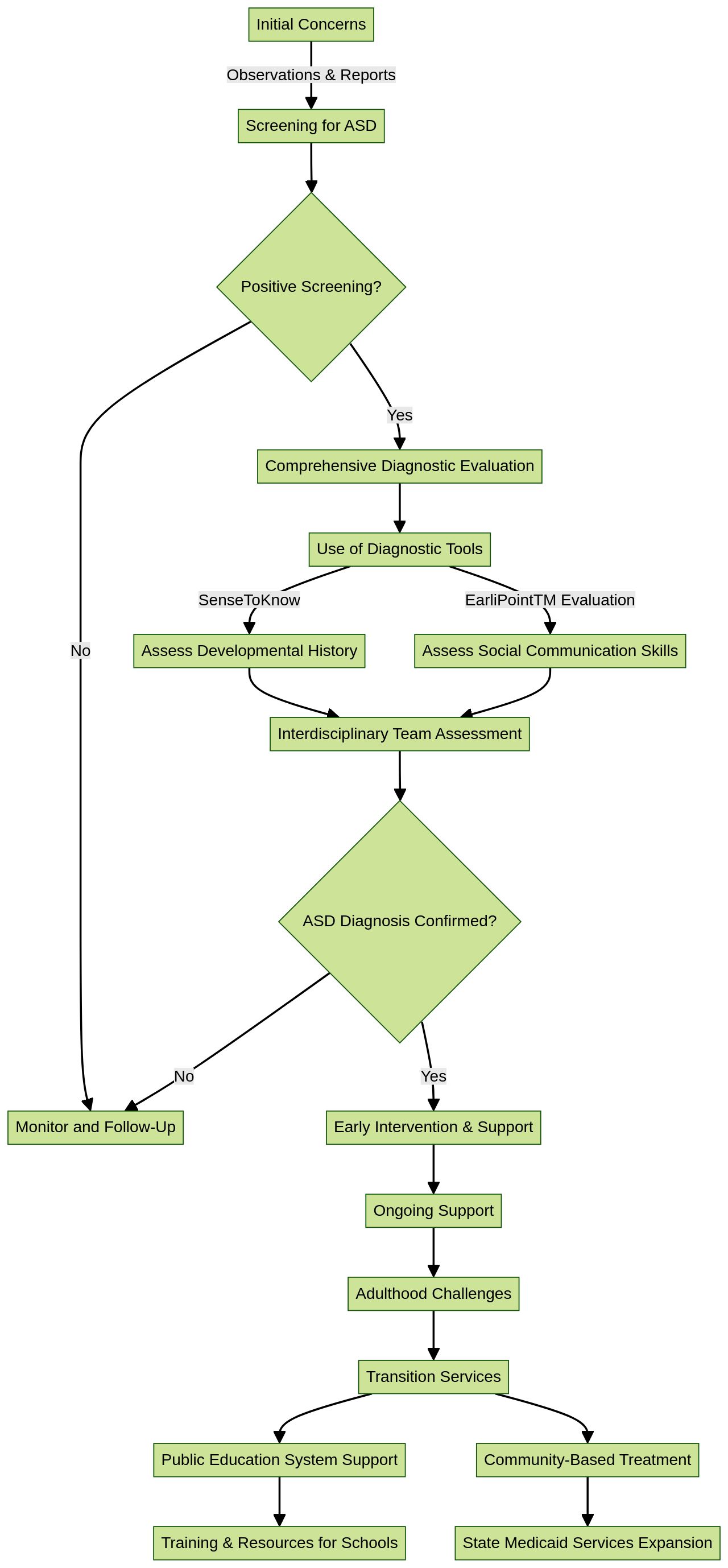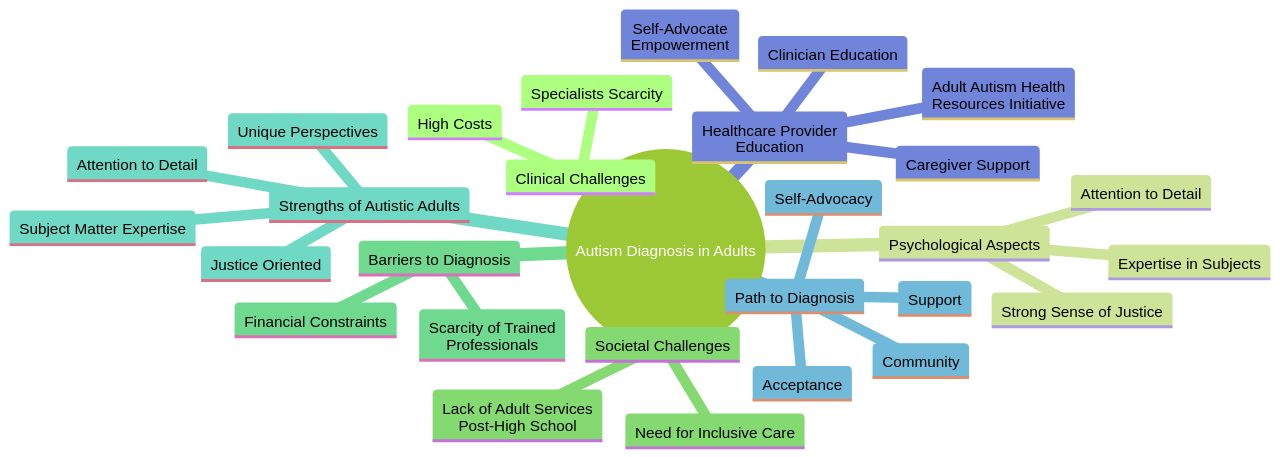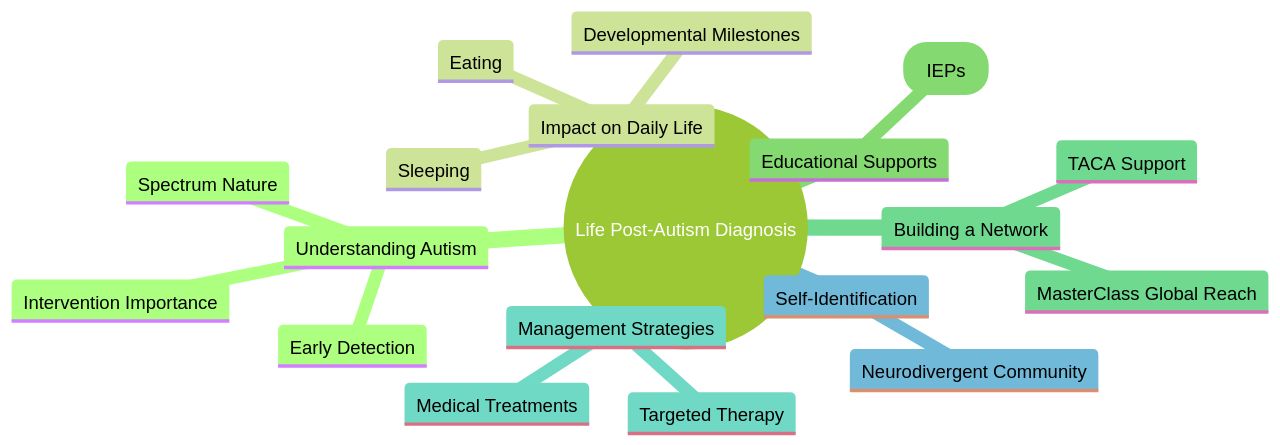Introduction
Autism Spectrum Disorder (ASD) is a complex neurodevelopmental disorder that presents a wide range of challenges and strengths. Understanding the nuanced nature of ASD is vital for those interacting with individuals on the spectrum, be it friends, family, or professionals.
This article will delve into the various aspects of autism, including early diagnosis, different approaches to testing, navigating the diagnostic process, and supporting children through the diagnosis. By providing guidance and resources, we aim to empower parents and advocates to ensure the well-being of their children with ASD.
Understanding Autism Spectrum Disorders
Autism Spectrum Disorder (ASD) is a multifaceted neurodevelopmental disorder that presents a wide array of challenges and strengths, varying greatly from person to person. Clinically diagnosed based on the criteria outlined in the DSM-5, ASD's core features must be present from early childhood, though they may not become fully apparent until later when social demands exceed an individual's coping abilities.
This variability can be attributed to a combination of genetic predispositions and environmental factors, with no single cause like parenting style or vaccines identified as responsible for the condition. Understanding the nuanced nature of ASD is vital for those interacting with individuals on the spectrum—be it friends, family, or professionals.
Adults with ASD might exhibit social communication difficulties and restrictive, repetitive behaviors, but these signs can change over time or with major life events. It's essential to recognize that while some individuals may excel in certain areas, others may face challenges in the same domains.
Notably, studies have shown that boys are more likely to be diagnosed with ASD than girls, and the prevalence of ASD does not significantly differ across races, ethnicities, or socioeconomic groups. Recent research has delved into the genetic and neurological underpinnings of ASD, with a focus on the roles of dopamine and serotonin in brain development. This research is paving the way for new therapeutic approaches. Moreover, the COVID-19 pandemic has shed light on the resilience of children with ASD, with some parents reporting positive outcomes during lockdowns, such as more time for learning and bonding, despite concerns like increased screen time and reduced physical activity. These insights underscore the importance of tailored support and interventions for individuals with ASD and highlight the ongoing need for awareness, understanding, and acceptance to foster an inclusive society for all.

The Importance of Early Diagnosis
Understanding the landscape of autism intervention programs is a critical step for parents and professionals alike. While a wide array of programs is available, many are tailored for preschool-aged children, and not all are readily accessible or well-known.
Empirical evidence supports the efficacy of certain treatment strategies—specifically, those that are intensive, involve family participation, and focus on the generalization of skills. Despite this, there's a notable gap in comparative research on the different intervention philosophies, leaving a need for careful evaluation of the options, particularly for the critical birth to 3 age group.
Recent news highlighted the issue of 'late diagnosis' in autism, with public figures like Christine McGuiness bringing attention to the increasing number of adults, especially women, being diagnosed. This has sparked a discussion about the implications of the timing of a diagnosis on long-term outcomes.
A groundbreaking study involving 300 autistic adults found no direct correlation between the age of diagnosis and quality of life, factoring in socioeconomic details and mental health conditions. This finding challenges the assumption that earlier diagnosis is always better in terms of long-term well-being.
However, the delay from initial screening to diagnosis remains a concern, with an average wait of over two years. This is despite recommendations for early screenings at 18 and 24 months. The delay is significant because early behavioral interventions are more effective when started promptly. The latest CDC research from 2023 shows that 1 in 36 children is diagnosed with autism, emphasizing the importance of early and accurate identification. With the right support and acceptance, autistic individuals can lead fulfilling lives, underscoring the need for accessible and diverse intervention programs and timely diagnoses.
Different Approaches to Autism Testing
Understanding the nuances of autism spectrum disorders (ASDs) is critical for accurate diagnosis and intervention. Diagnostic tools and assessments reflect the complexity and variability inherent in ASD, as noted by Geraldine Dawson of the Duke Center for Autism and Brain Development.
For example, SenseToKnow tracks a range of behaviors, including facial expressions, gaze patterns, head movements, and blink rate, while incorporating interactive elements like a bubble-popping game to evaluate motor skills—key in early ASD detection. The EarliPointTM Evaluation is another tool that offers objective measurements of a child's looking behavior, aiding diagnosis in children from 16 to 30 months old.
Through research, including studies published in The Journal of The American Medical Association, EarliPoint's measurements have been shown to predict expert assessments with high accuracy. Early diagnosis and intervention are paramount, as they can significantly improve outcomes and reduce the lifetime costs of ASD to families and society.
Autism diagnosis typically relies on expert observation, with a multidisciplinary team including neurologists, psychologists, and speech/language pathologists, among others. The DSM-5 criteria suggest that core features of autism are present from early childhood, but full manifestation may be delayed until later, especially in individuals who develop coping strategies.
Autism's impact goes beyond social communication deficits—it includes sensory issues that can lead to nutritional deficiencies and associated health problems like osteoporosis. With the goal of early detection, researchers are investigating metabolic changes between birth and the presentation of ASD, revealing a few biochemical pathways that drive these developments. Meanwhile, efforts to embed routine screening into well-baby checkups have made it possible to identify early signs of autism in children as young as 12–14 months. This proactive approach is crucial for connecting children and families to early support and intervention services. The collaborative efforts of healthcare professionals are essential in this process, ensuring a comprehensive and timely approach to diagnosis and care for individuals with ASD.

Navigating the Diagnostic Process
Navigating the path to an adult autism diagnosis requires a comprehensive approach, addressing not only the clinical aspects but also the psychological and societal challenges that individuals face. Recognizing the strengths of autistic adults, such as their attention to detail, deep expertise in specific subjects, and a strong sense of justice, is crucial in developing a trusting relationship between patients and practitioners.
Unfortunately, many adults encounter barriers to diagnosis, including the scarcity of professionals trained in assessing adults and the high costs of evaluations, which are sometimes not covered by insurance. With the increased prevalence of autism, now identified in 1 in 36 children, awareness is growing about the importance of early detection and intervention.
Yet, the journey to diagnosis is often fraught with delays, averaging more than two years from initial screening. This delay can hinder access to critical early interventions, which are most effective when started promptly.
Despite the challenges, including the tendency for autistic individuals to mask their traits to blend in, the medical community is recognizing the need for more inclusive care. With minimal additional training, practitioners can accommodate autistic adults in their caseloads, offering them the support they deserve. It is important to understand that while therapeutic needs for conditions like anxiety and depression may not differ significantly from the general population, autistic adults often report being turned away by practitioners. This underscores the necessity of equipping healthcare providers with the knowledge and skills to meet the specific needs of autistic patients, rather than defaulting to referrals to specialists who may be unavailable. As we move forward, it is essential to foster a healthcare environment that is both understanding and accommodating of neurodiversity.

Supporting Your Child Through Diagnosis
Navigating life post-autism diagnosis involves a multifaceted approach, beginning with understanding the diagnosis itself. It's crucial to recognize that autism is a spectrum, affecting individuals in diverse ways.
Recent studies, such as those by the CDC, indicate a rise in autism diagnoses, emphasizing the need for accessible support and interventions. The Autism Community in Action (TACA) highlights the importance of educational supports like Individual Education Plans (IEPs) to maximize a child's potential.
Accessing interventions early can significantly improve outcomes. Research shows that early detection can lead to earlier support, which is vital for children's development.
This is echoed by the National Institute of Mental Health (NIMH), which supports routine screening to connect families to services sooner. For families, understanding autism's impact on eating, sleeping, and developmental milestones can guide them towards appropriate support.
Building a strong network is also essential. Parents can benefit greatly from resources that help them advocate for their child's unique educational needs. As research by UC San Diego School of Medicine suggests, autism's metabolic changes in early childhood can inform new management strategies, offering hope for early intervention. Lastly, it's important to note that self-identification with autism is valid within the neurodivergent community. Official diagnosis may not be necessary for everyone, but for those who choose it, it can reduce feelings of guilt and provide a clearer path for support, as indicated by recent studies on parental responses to genetic diagnosis.

Conclusion
In conclusion, understanding Autism Spectrum Disorder (ASD) is crucial for effectively interacting with individuals on the spectrum. Early diagnosis plays a vital role in ensuring the well-being of children with ASD, allowing for timely intervention and support.
Efforts are being made to embed routine screenings into well-baby checkups to identify early signs of autism. Different approaches to autism testing aid in accurate diagnosis by assessing a range of behaviors and providing objective measurements.
A multidisciplinary team of healthcare professionals is essential in the diagnostic process. Navigating the diagnostic process for adults with autism requires addressing clinical aspects as well as psychological and societal challenges.
The medical community is recognizing the need for more inclusive care and equipping healthcare providers with the knowledge and skills to meet the specific needs of autistic patients. Supporting children through an autism diagnosis involves understanding the diverse nature of the spectrum and accessing appropriate interventions early on. Educational supports like Individual Education Plans (IEPs) can maximize a child's potential, while building a strong network helps parents advocate for their child's unique educational needs. By understanding ASD, advocating for early diagnosis, utilizing innovative testing approaches, navigating the diagnostic process effectively, and providing support to children through their diagnosis journey, parents and advocates can ensure the well-being of their children with ASD. Together, we can foster an inclusive society that embraces neurodiversity and supports individuals on the autism spectrum.




